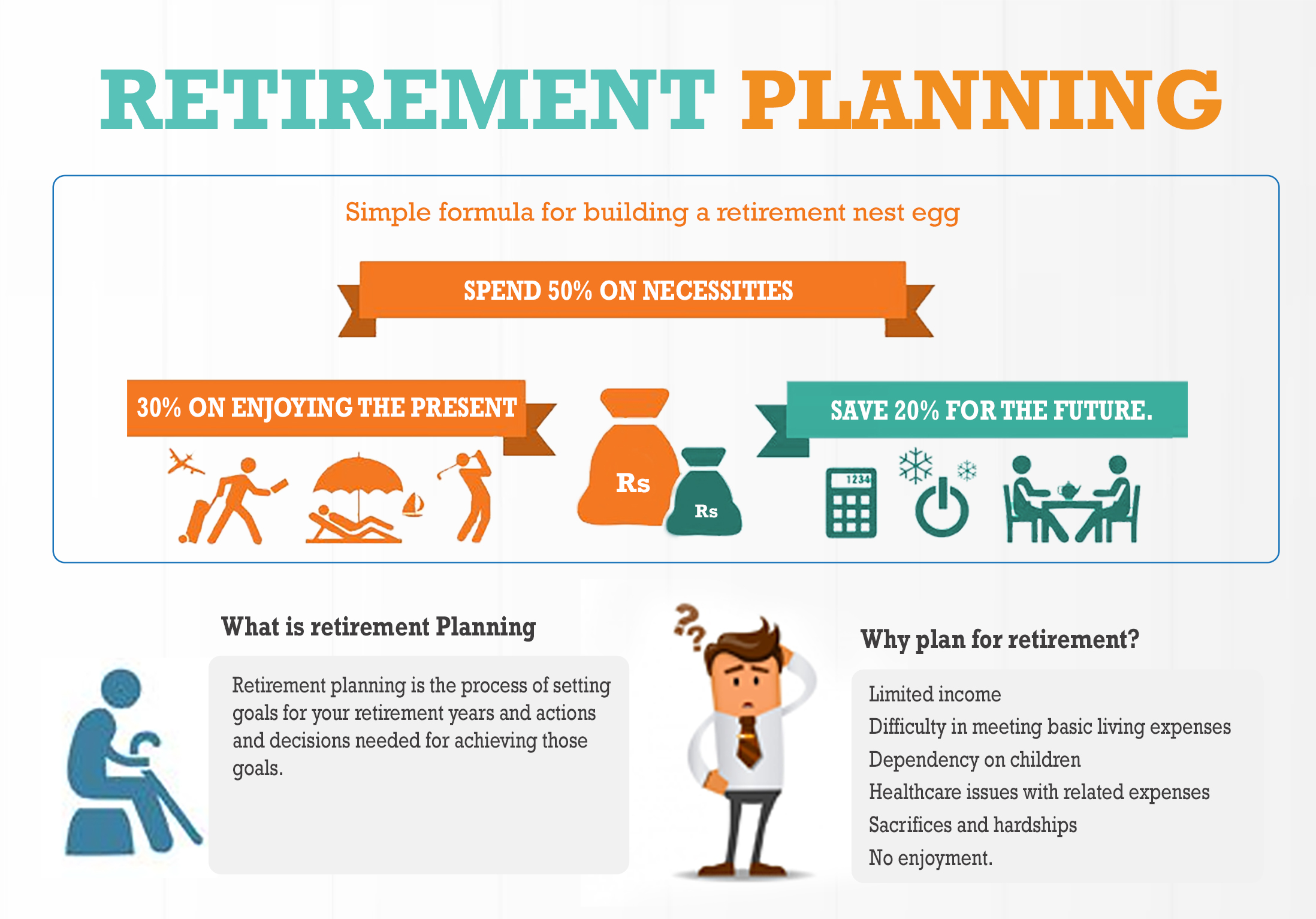Understanding interest calculation is essential when taking a loan. Two common methods used by banks and financial institutions are flat rate and reducing balance interest. While both methods determine how much interest a borrower pays, they differ significantly in calculation, total repayment, and financial impact. Choosing the right type can save a borrower substantial money over time and ensure better financial planning.
This article explains the difference between flat rate and reducing balance interest, provides examples, and offers practical insights for borrowers.
1. What is Flat Rate Interest?
Flat rate interest is a simple method of calculating interest on the principal amount of the loan. In this method, the interest is calculated on the full original principal throughout the loan tenure, regardless of any repayments made.
Key Features of Flat Rate Interest
- Interest is calculated on the initial loan amount.
- Monthly payments are fixed and easy to budget.
- Total interest is usually higher than reducing balance interest for the same loan amount and tenure.
Example of Flat Rate Interest
Suppose you take a personal loan of 500,000 rupees for 3 years at a flat rate of 12% per year.
- Annual interest: 12% of 500,000 = 60,000 rupees
- Total interest for 3 years: 60,000 × 3 = 180,000 rupees
- Total repayment: 500,000 + 180,000 = 680,000 rupees
- Monthly EMI: 680,000 ÷ 36 ≈ 18,888 rupees
In this method, the monthly interest portion remains the same even as you repay the principal, making the calculation straightforward but often more expensive.
2. What is Reducing Balance Interest?
Reducing balance interest, also known as declining balance interest, is a method where interest is calculated on the outstanding loan amount after each repayment. Unlike flat rate interest, interest decreases as the principal reduces over time.
Key Features of Reducing Balance Interest
- Interest is calculated on the remaining principal after each repayment.
- Monthly EMI reduces gradually if calculated purely on reducing balance, though many banks adjust EMIs to remain constant.
- Typically results in lower total interest compared to flat rate loans.
Example of Reducing Balance Interest
Using the same loan of 500,000 rupees for 3 years at an annual interest of 12%, under reducing balance interest:
- First-year interest: 12% of 500,000 = 60,000 rupees
- After first year, if principal repaid = 166,667 rupees, remaining principal = 333,333 rupees
- Second-year interest: 12% of 333,333 ≈ 40,000 rupees
- Third-year interest: 12% of 166,667 ≈ 20,000 rupees
- Total interest over 3 years: 60,000 + 40,000 + 20,000 = 120,000 rupees
- Total repayment: 500,000 + 120,000 = 620,000 rupees
The reducing balance method saves the borrower 60,000 rupees compared to the flat rate method in this example.
3. Comparing Flat Rate and Reducing Balance Interest
Understanding the difference between these two interest methods is crucial for making informed financial decisions.
Key Differences
| Feature | Flat Rate Interest | Reducing Balance Interest |
|---|---|---|
| Interest Calculation | On the full principal | On outstanding principal |
| Total Interest | Higher | Lower |
| EMI | Fixed and predictable | Can be fixed or reducing |
| Cost Over Time | More expensive for long-term loans | Cost-effective as principal reduces |
| Transparency | Simple to calculate | Slightly complex but fairer to borrower |
Practical Insight
Flat rate loans may appear cheaper because of a lower interest rate percentage, but reducing balance loans generally result in lower total repayment. Borrowers should always ask lenders for the effective interest rate or compare the total repayment amount before finalizing the loan.
4. Pros and Cons of Each Method
Every loan method has advantages and disadvantages. Understanding them helps in choosing the right loan type based on your financial goals.
Flat Rate Interest
Pros
- Easy to calculate and understand
- Fixed EMI simplifies budgeting
- Commonly offered for personal loans, consumer loans, and small business loans
Cons
- Total interest paid is higher
- Does not consider principal reduction over time
- Less cost-effective for long-term loans
Reducing Balance Interest
Pros
- Lower total interest compared to flat rate
- More transparent as interest is calculated on actual outstanding amount
- Encourages faster repayment of principal
Cons
- Calculation is slightly complex
- EMI may change if interest rates are floating
- Requires careful attention to repayment schedule
5. When to Choose Flat Rate vs Reducing Balance
Borrowers should select a loan type based on their repayment capacity, loan tenure, and financial planning.
Situations Where Flat Rate May Be Suitable
- Short-term loans with small principal amounts
- Borrowers who prefer simple and predictable EMI calculations
- When loan rates are competitive, and total interest difference is minimal
Situations Where Reducing Balance Is Beneficial
- Long-term loans such as housing loans or car loans
- Loans with higher principal amounts
- Borrowers who want to minimize interest payments and can manage slightly variable calculations
Example Scenario:
For a short 6-month personal loan of 50,000 rupees, the difference in total interest between flat rate and reducing balance is minor. For a 5-year home loan of 2,000,000 rupees, reducing balance interest can save hundreds of thousands in interest payments.
6. Tips for Borrowers
To make the best choice between flat rate and reducing balance interest, borrowers should consider the following tips:
- Compare effective interest rates rather than advertised rates.
- Check the total repayment amount for both methods.
- Assess loan tenure and understand how it affects total interest.
- Review EMI structure to ensure affordability.
- Consider prepayment options as reducing balance loans benefit more from early repayments.
- Ask for a loan amortization schedule to understand interest and principal breakdown over time.
Conclusion: Key Takeaways
Understanding the difference between flat rate and reducing balance interest is essential for smart borrowing.
Summary of Key Points:
- Flat rate interest is calculated on the full principal, making monthly EMIs predictable but costlier over time.
- Reducing balance interest is calculated on the outstanding principal, resulting in lower total interest and better cost efficiency.
- Short-term or small loans may be suitable for flat rate interest due to simplicity.
- Long-term and high-value loans are better served by reducing balance interest to save money.
- Always compare total repayment, effective interest rate, and EMI structure before choosing a loan.
Choosing the right interest method can significantly impact your financial well-being. By understanding these differences, borrowers can make informed decisions, manage debt responsibly, and minimize unnecessary interest costs.
FAQs
Which is better for short-term personal loans?
Flat rate loans can be simpler for small, short-term loans due to fixed EMIs.
Does prepayment benefit reducing balance loans?
Yes, prepayment reduces the principal and saves interest in reducing balance loans.
Are flat rate loans misleading in advertisements?
They can be if borrowers focus only on the interest rate and ignore the total repayment.
How does loan tenure affect interest type comparison?
Longer tenure loans benefit more from reducing balance interest due to compounding on a lower principal.
Can EMI calculators show both interest types?
Yes, most online calculators allow you to compare flat rate and reducing balance options to see the exact repayment differences.





